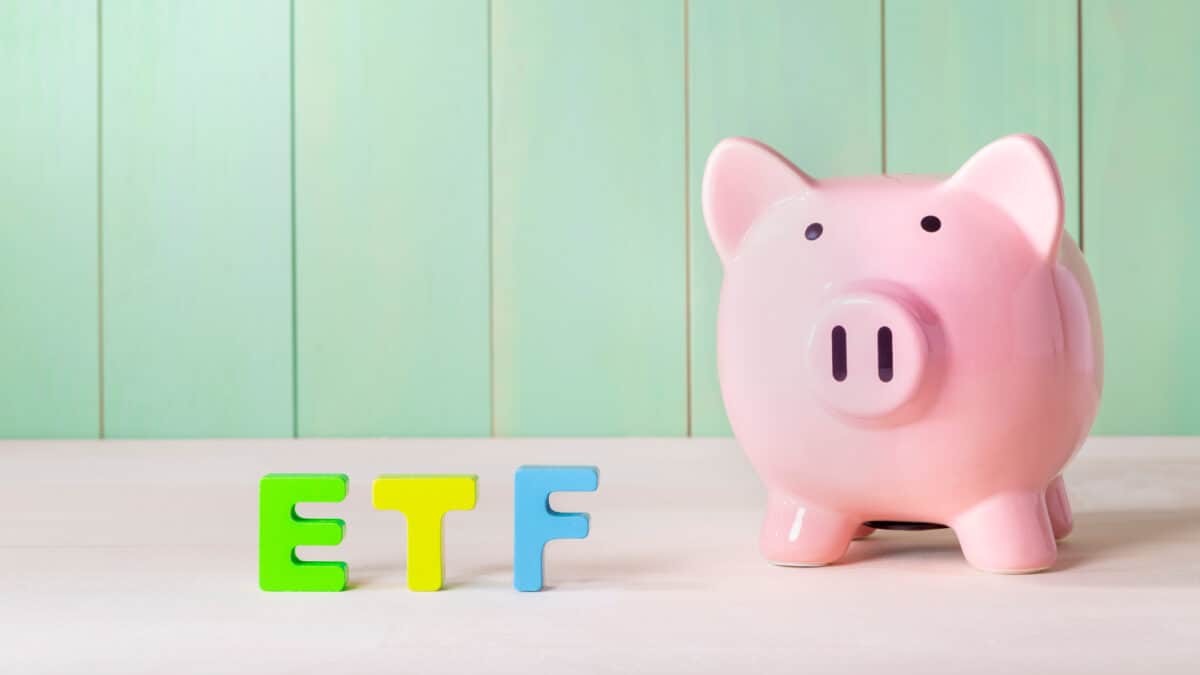Long-term investors in the iShares S&P 500 ETF (ASX: IVV) would be a pretty happy lot on the ASX today. After all, this exchange-traded fund (ETF) has given investors some truly stunning returns over the last few years.
How stunning? Well, according to the provider, the iShares S&P 500 ETF has delivered a total return (growth and dividend distributions) of 24.47% over the 12 months to 30 April 2024.
IVV investors have also enjoyed an average return of 14.17% per annum over the three years to 30 April. That rises to 14.69% per annum over the past five years and peaks at 16.24% per annum over the past ten.
To give you a sense of just how lucrative a 16.24% return is, an investor who put $10,000 into IVV units a decade ago would have approximately $50,000 today, thanks to those high returns compounding. That's assuming they reinvested all dividend returns of course.
Those ten-year returns IVV investors have enjoyed would have been more than double what an investor putting money into an ASX index fund like the Vanguard Australian Shares Index ETF (ASX: VAS) received. Over those same 10 years, VAS investors bagged an average of 7.83% per annum.
So does this stellar track record make the iShares S&P 500 ETF a no-brainer buy today?
Well, let's clear up why this American index fund has been such a good investment.
What is this 'slice of America'?
The iShares S&P 500 ETF tracks the S&P 500 Index (SP: .INX), which is the flagship stock market index of the United States. It represents an investment in the largest 500 companies on the American markets, weighted by market capitalisation.
That means you are getting exposure to almost any public American company you can think of here –everything from Apple, Amazon, Microsoft and NVIDIA to Mastercard, Kellogg, Coca-Cola and Nike.
This is why the legendary Warren Buffett has called an S&P 500 Index fund a 'slice of America'. Buffett has even recommended it as an investment to anyone who doesn't want to try and actively beat the market by picking their own stocks.
How have ASX investors bagged 16% per annum from the IVV ETF?
Over the past decade, the S&P 500 has been turbocharged by the performance of what are now its largest holdings – the US tech giants.
To give you an idea of how much this has helped the S&P 500, Amazon stock has risen by around 1,130% since May 2014. Apple is up by around 730%, while Microsoft has enjoyed a 965% increase. But that pales against Nvidia, whose lucky long-term investors have been showered with proverbial gold. Nvidia stock has exploded by almost 21,000% over the past decade.
Without the 'magnificent seven' US tech giants, the iShares S&P 500 ETF's returns would not nearly be as stunning.
Another factor to consider has been the Australian dollar's weakening value against the American dollar. Ten years ago, one Aussie dollar was buying 94 US cents. Today, it will only fetch 66.65 US cents.
This means that any assets priced in American dollars are inherently more valuable in Australian dollars today than they were in 2014, even if they haven't changed in US dollar terms.
To give you an insight into how much this has affected IVV's ASX returns, consider that the currency-hedged iShares S&P 500 (AUD Hedged) ETF (ASX: IHVV) has returned 10.13% per annum over the past five years, against the unhedged IVV's 14.69%.
Should investors buy the iShares S&P 500 ETF today?
I think this index fund is a great investment for any passive-minded investor who wants a diversified slice of some of the best companies in the world. This index fund can add some healthy international diversification to any ASX share-based portfolio. Plus, it comes with an endorsement from the great Warren Buffett, so what more can one ask for?
However, this comes with a caveat. I think the massive returns investors have enjoyed over the past decade are something of a fluke. As such, I don't think anyone buying this ETF today should be expecting anything close to 16% per annum over the coming 10 years.
It's highly unlikely in my view that the likes of Apple, Microsoft and Amazon are going to grow by another 700 or 1,000% over the next decade. And Nvidia's 21,000% return is almost certainly not going to be repeated.
Plus, the Australian dollar is probably not going to lose another 30 cents against the US dollar by 2034.
So by all means, buy this ETF today. Just don't expect it to turn every $10,000 invested into $50,000 in ten years time.








